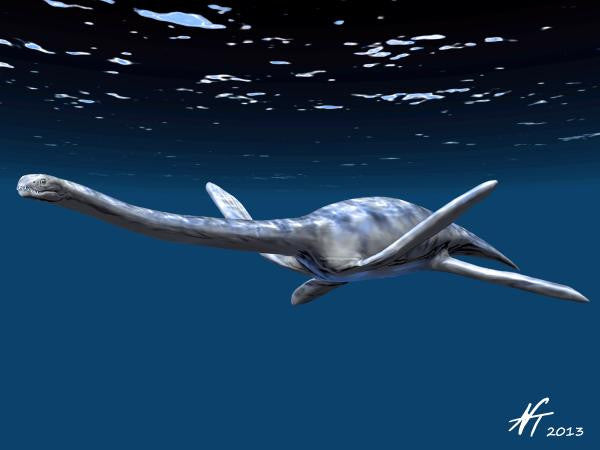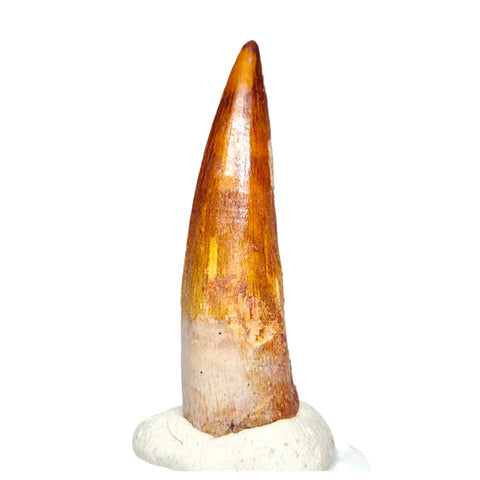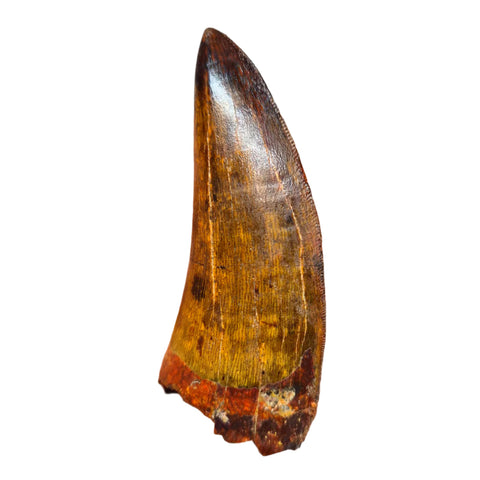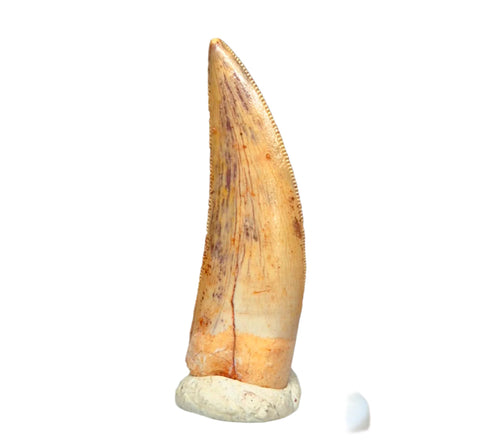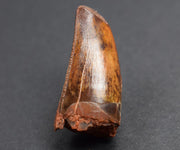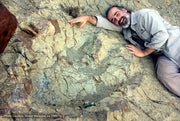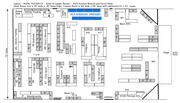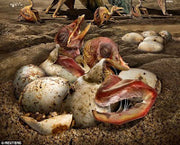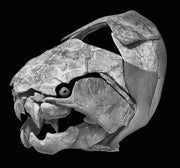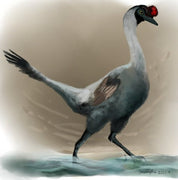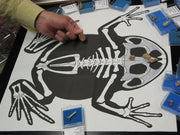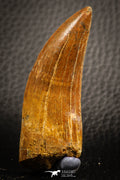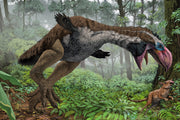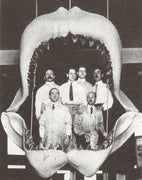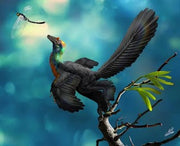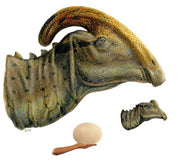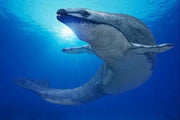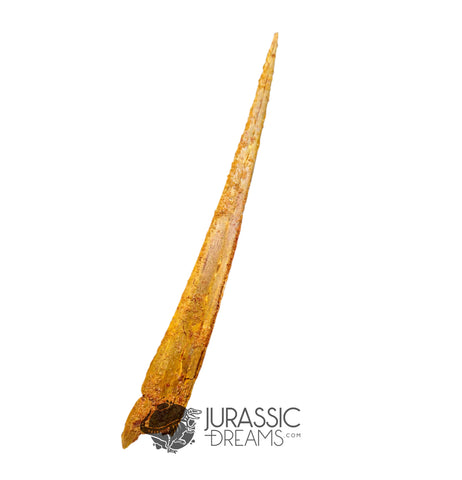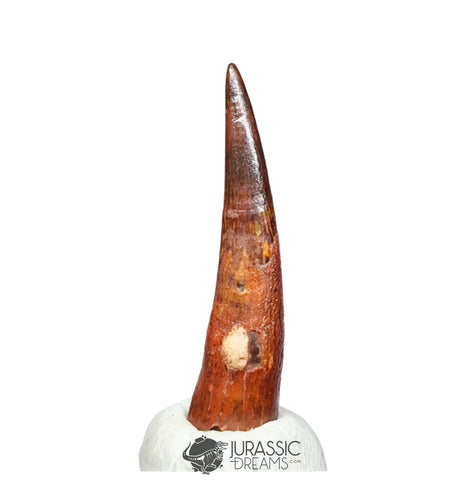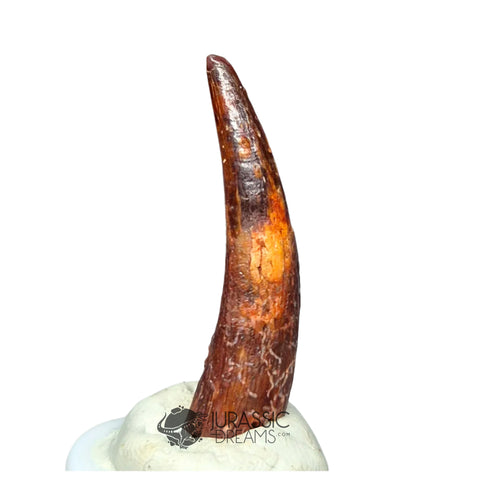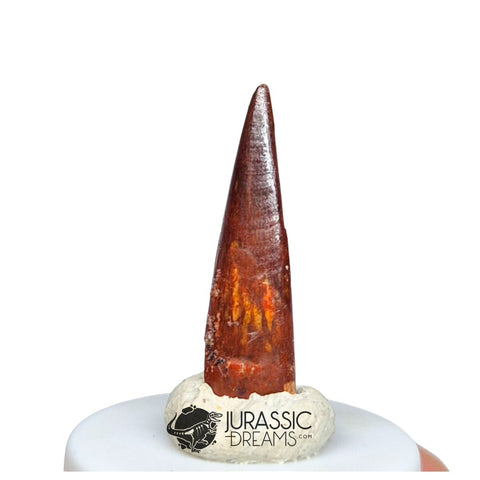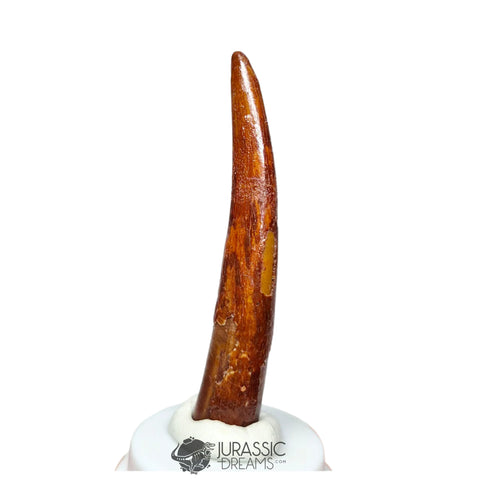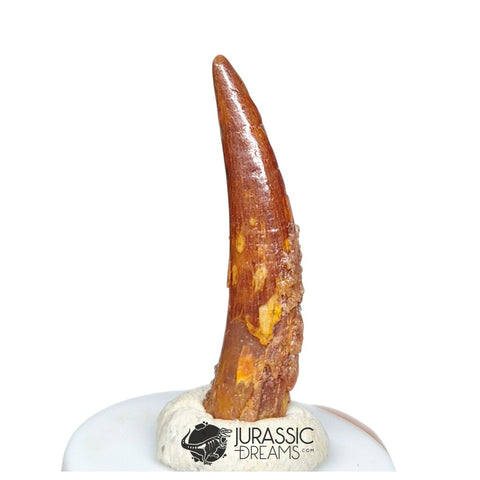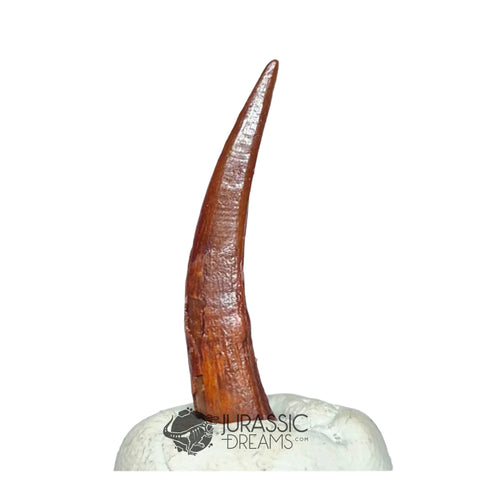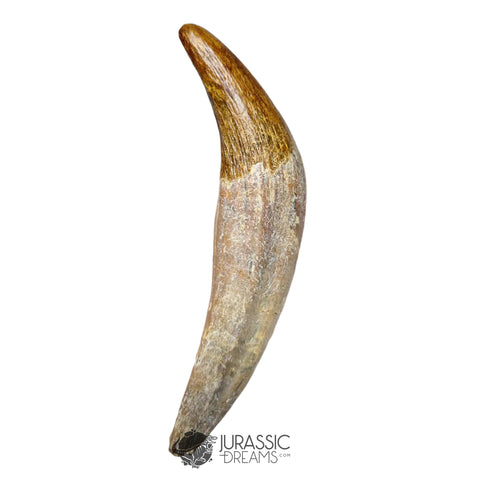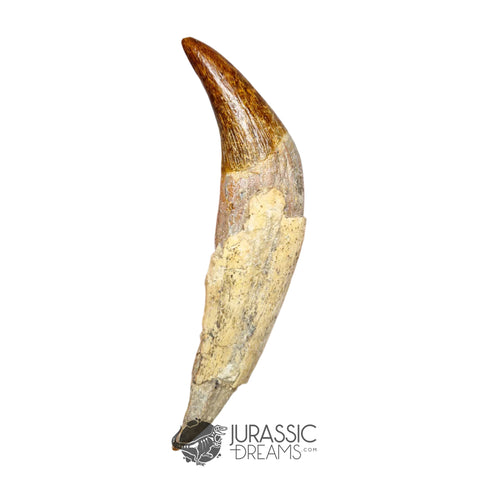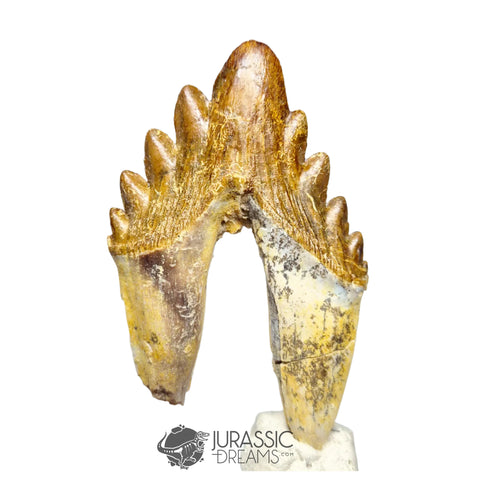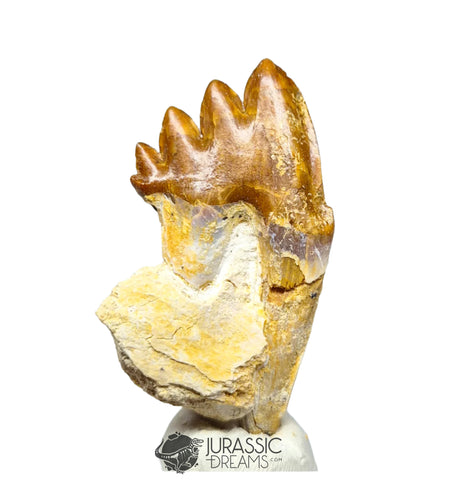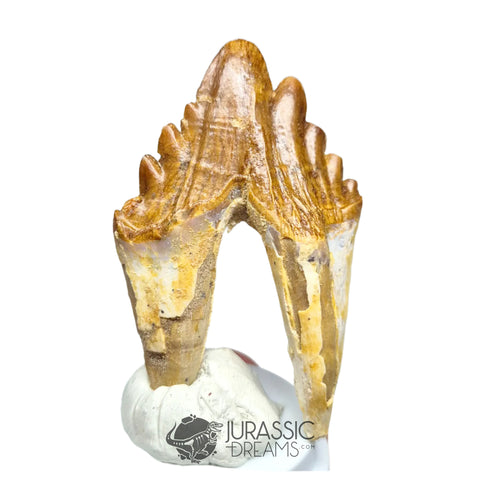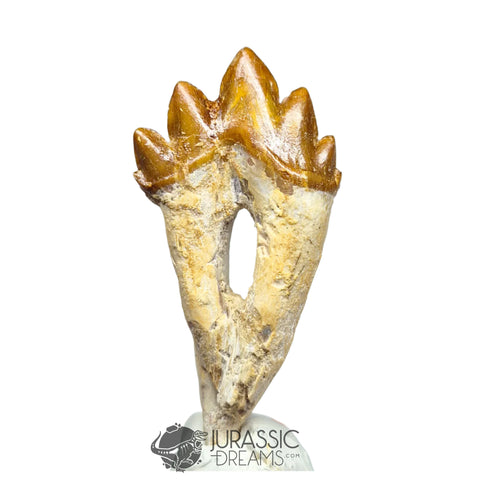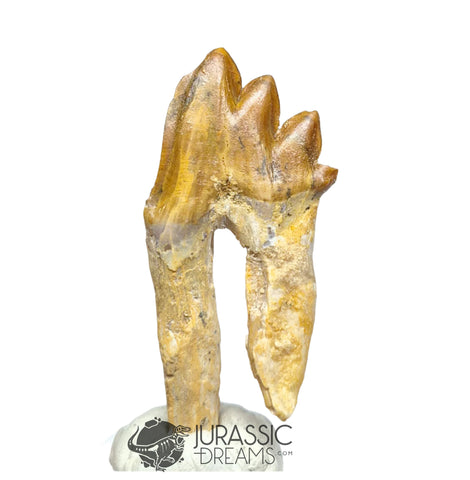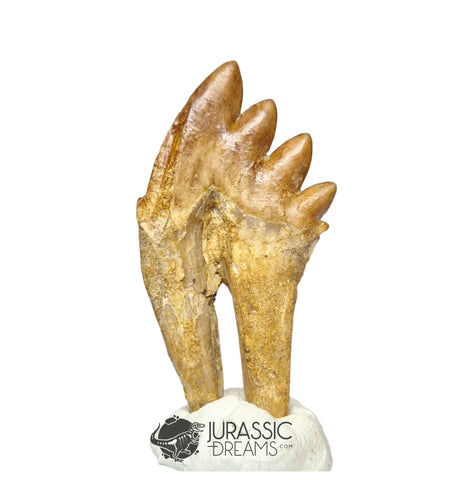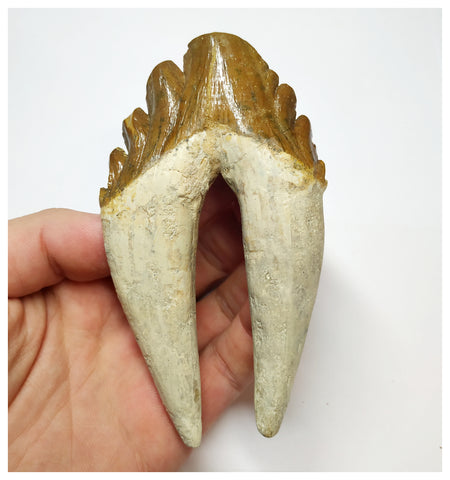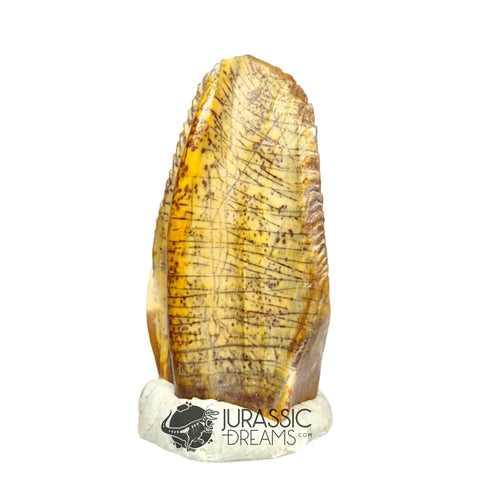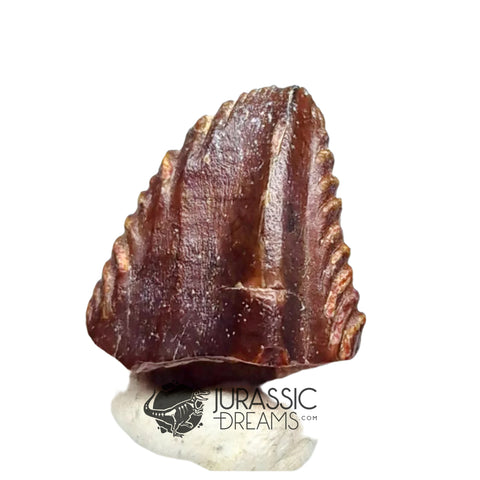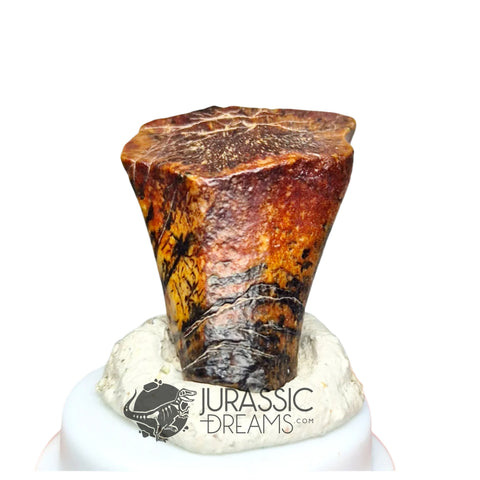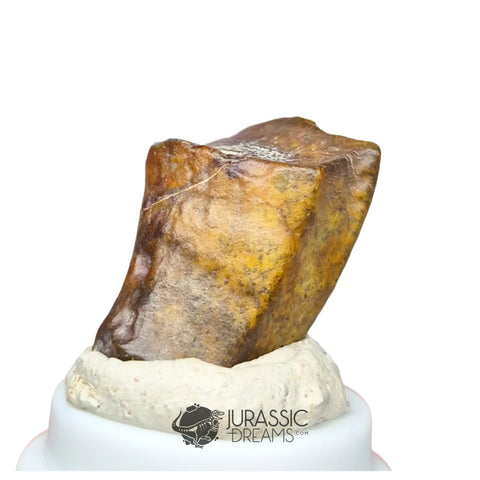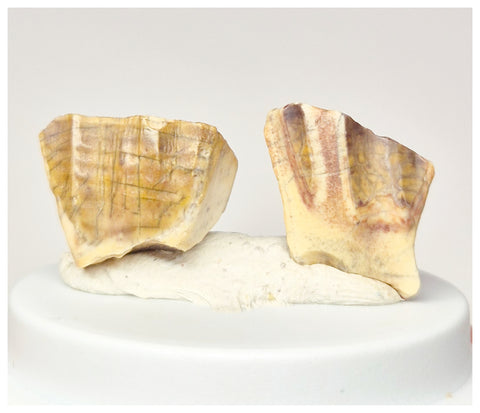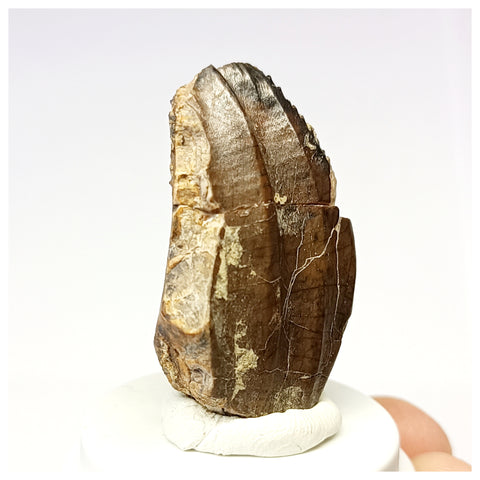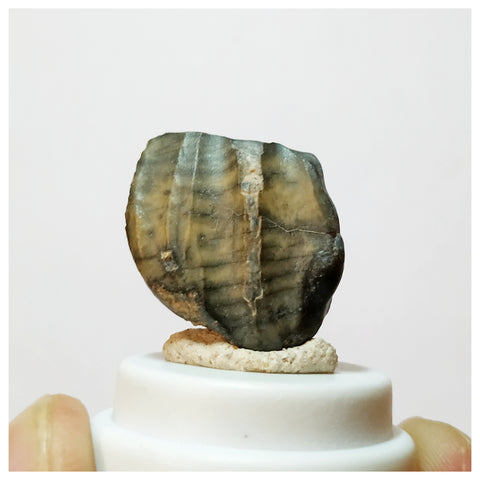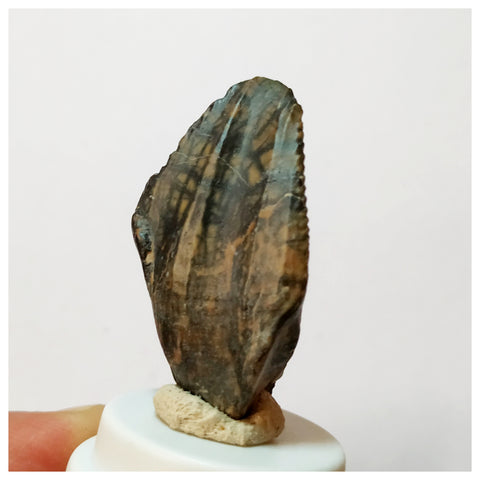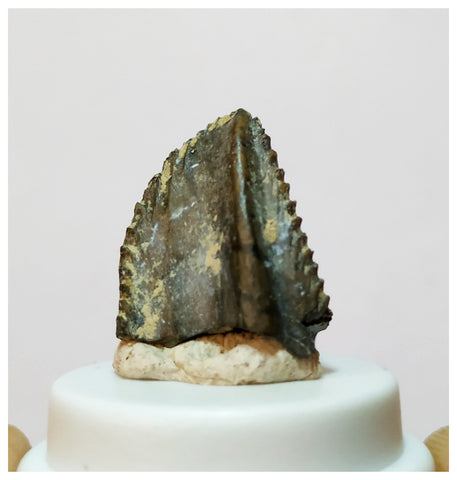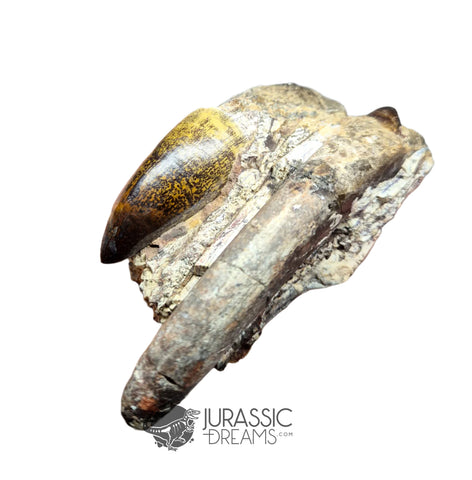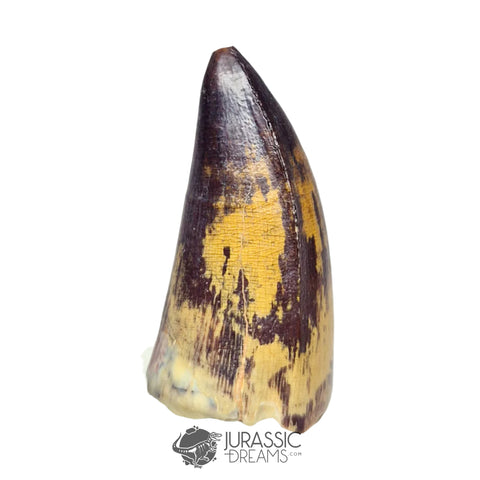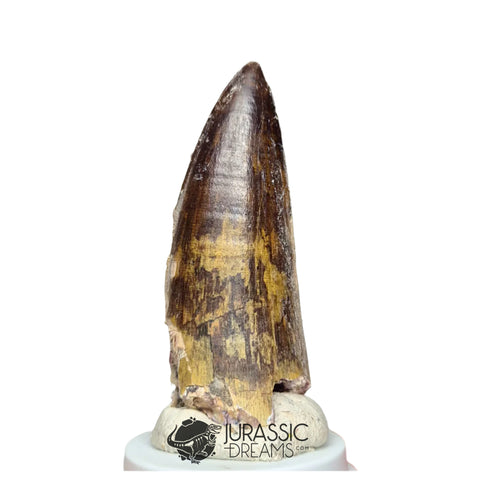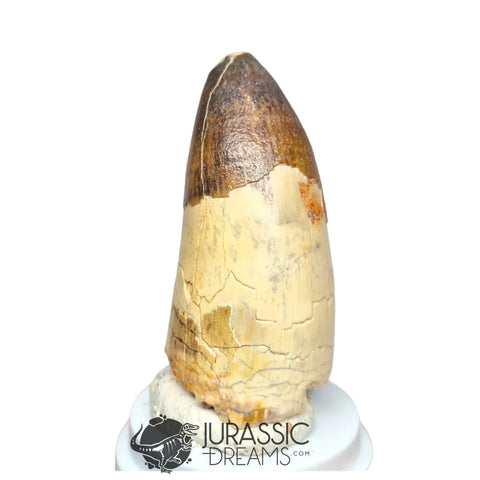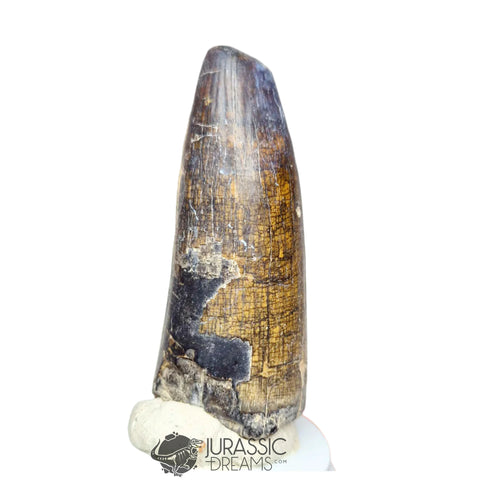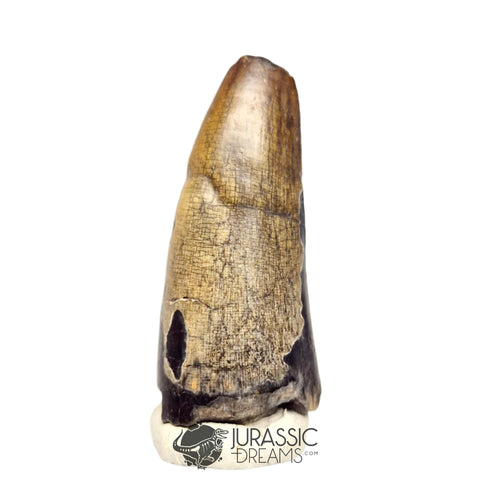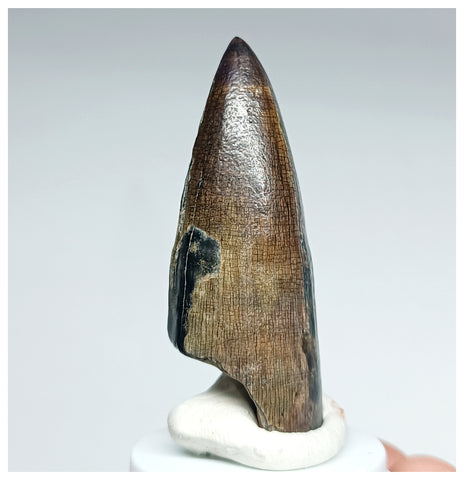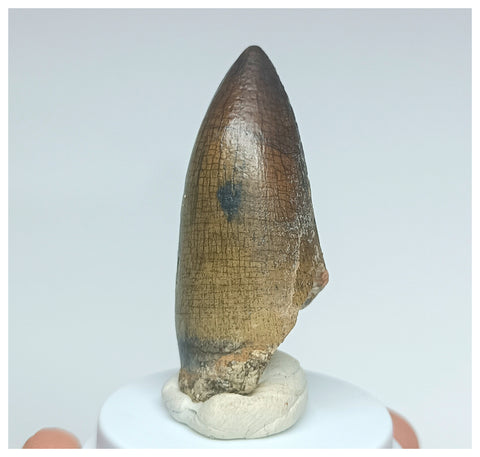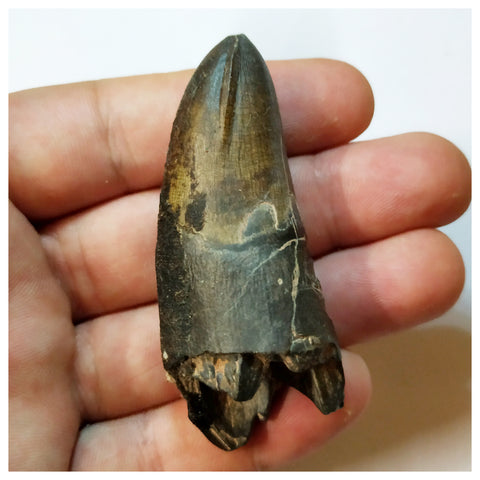The Plesiosaurs, those giant creatures with long neck and aerodynamic form who lived in the seas 65 million of years ago, are usually mistaken for the dinosaur. However, they belong to a different aquatic reptile family.

The story I am about to tell is about Plesiosaurs, seas, and mystery. Otherwise, I wouldn't tell it! It was the 70s, 20th century, a small Japanese fish boat fishing around New Zealand caught with its nets a strange animal. The crew was astonished, they had never seen something like that. The carcass could not be stored with the other fish because it could infect the products, so they threw it into the sea again. But they took some pictures before that, and they took samples of the tissue, as they thought it might be a non-cataloged species.
They had a dispute about this; two groups were formed, with different opinions. Some were sure it was a Plesiosaur who survived extinction. Other believed that there should be an explanation and the tissue analysis would be key to prove it was a shark.

From a visual point of view, both theories made sense. Anatomically, it could be a Plesiosaur: four big fins, long neck and small head. But Plesiosaurs were reptiles, and therefore the breathed air. Moreover, none was seen before, nor even on the beaches, where they bred. The carcass was in a bad shape and it was thrown to the sea, so the pictures did not clarify anything either.
Below you can see a drawing where we compare the outline of a basking shark (A), and how by rotting it could have taken the form of a Plesiosaur (B). In the special case of the basking shark, head and neck have a bigger calcium proportion, despite being a cartilaginous skeleton, which favors a longer preservation. Its rest have been mistaken for other strange creatures other times.

Some would continue to think that it was a Plesiosaur, same as Nessie from the Ness Lake, but the tests done indicated the similarities with the basking shark, by comparing the number of amino acids in the muscular tissue.

Here you can check out some fossils from Plesiosaurs/Elasmosaurs/Zarafasaura oceanis.
Illustrations: Stuart Smith, www.hauntedauckland.com
Photographies: www.es.wikipedia.org
Sources:
- Sjögren, Bengt, Berömda vidunder, Settern, 1980, ISBN 91-7586-023-6.
- Bord, Janet and Colin (1990), in "Varelser från det okända" (Det oförklarliga), Bokorama.
Germán Z. López
This post can also be read in Spanish at our partner blog Made in Pangea.
The header illustration is made by the Nobu Tamura.



